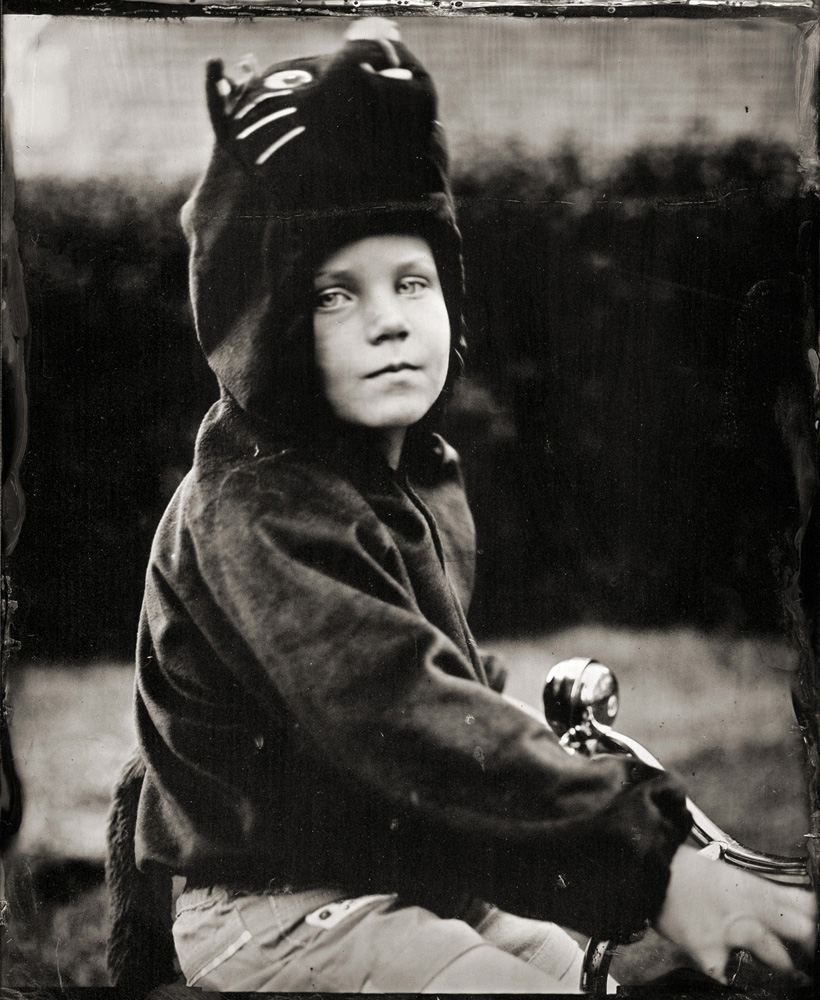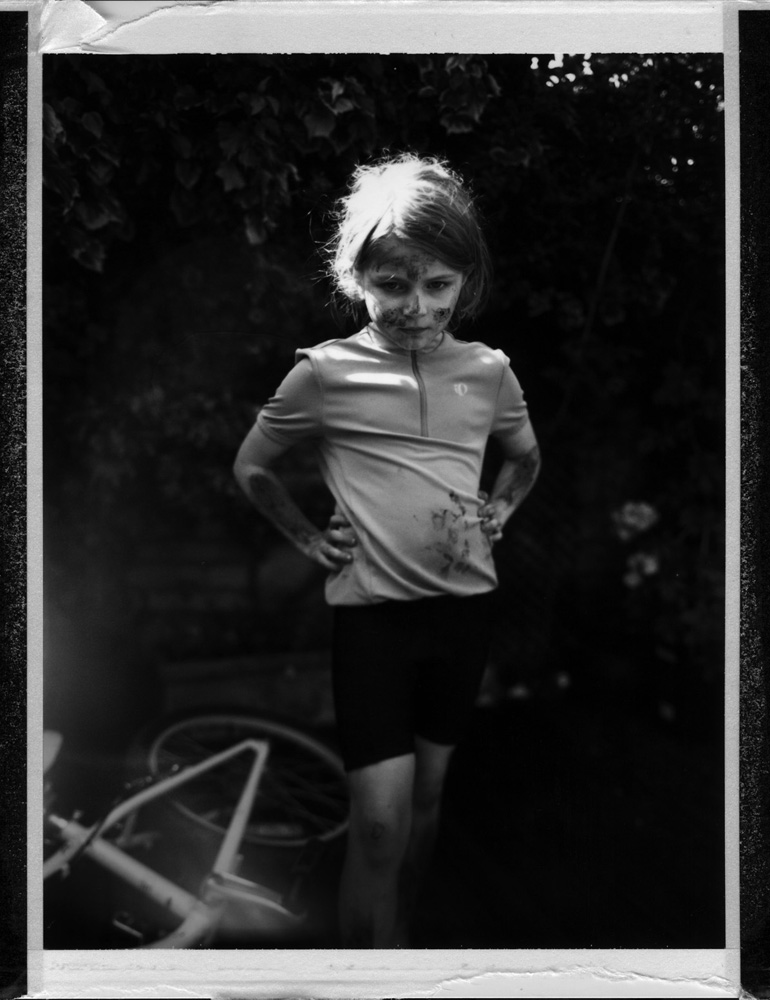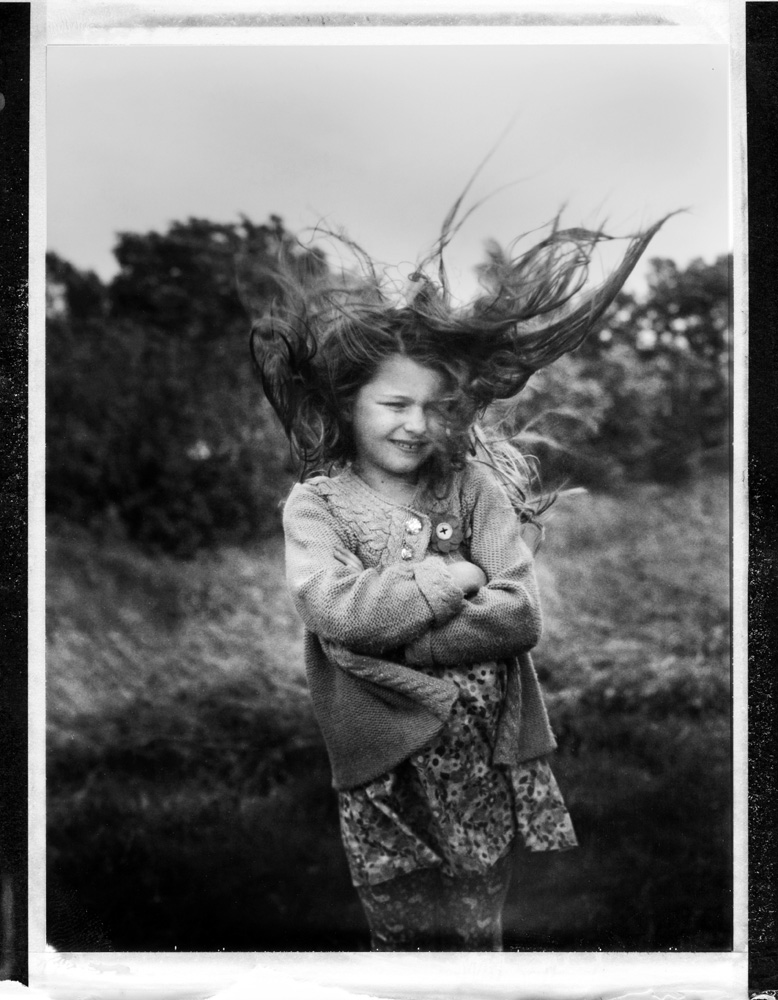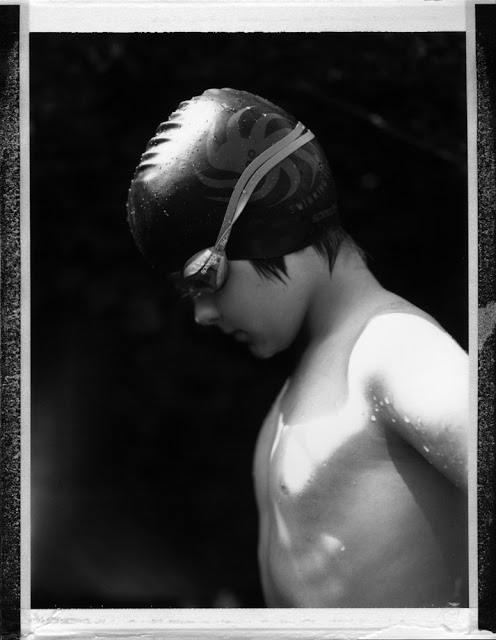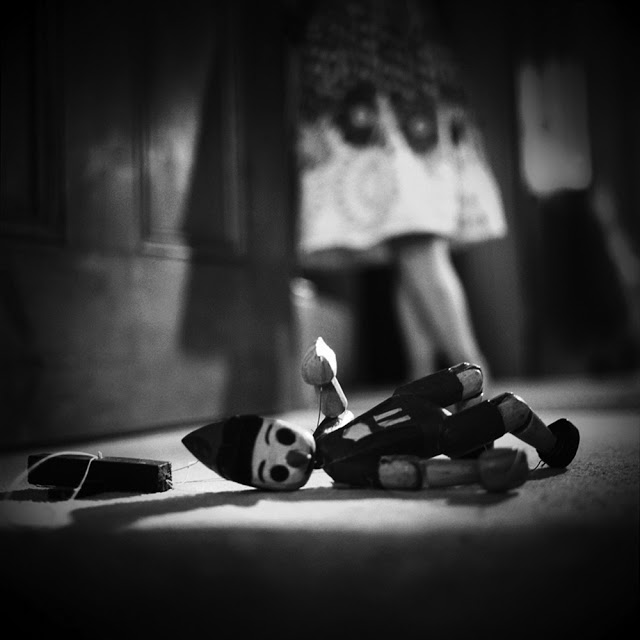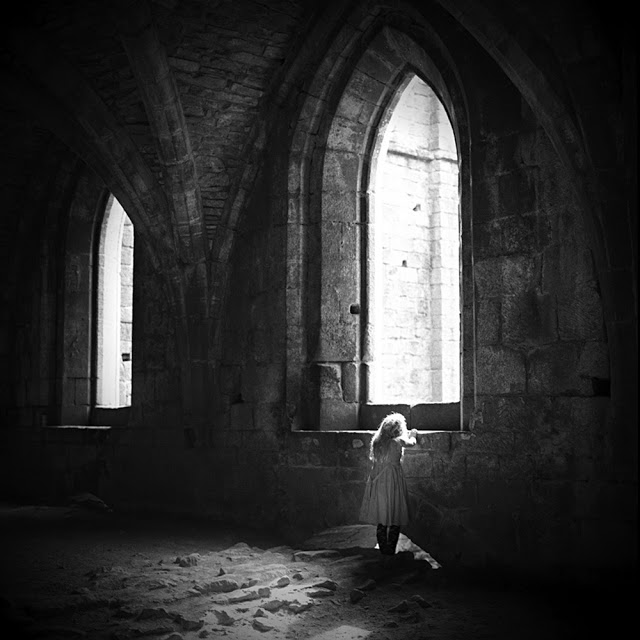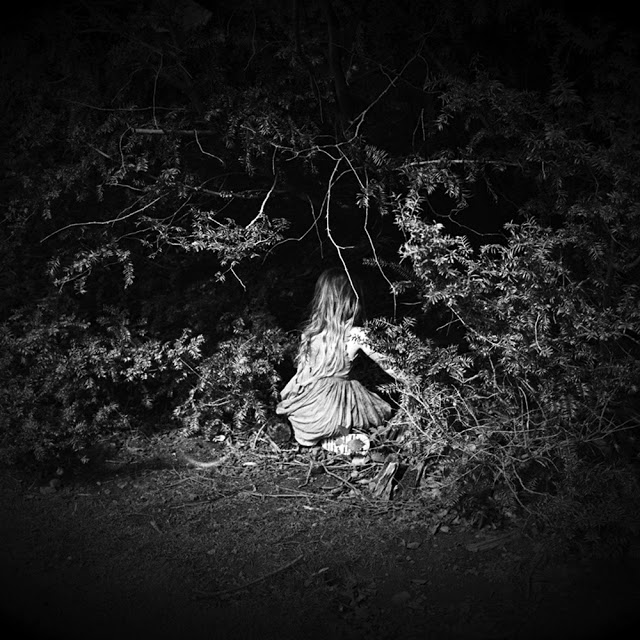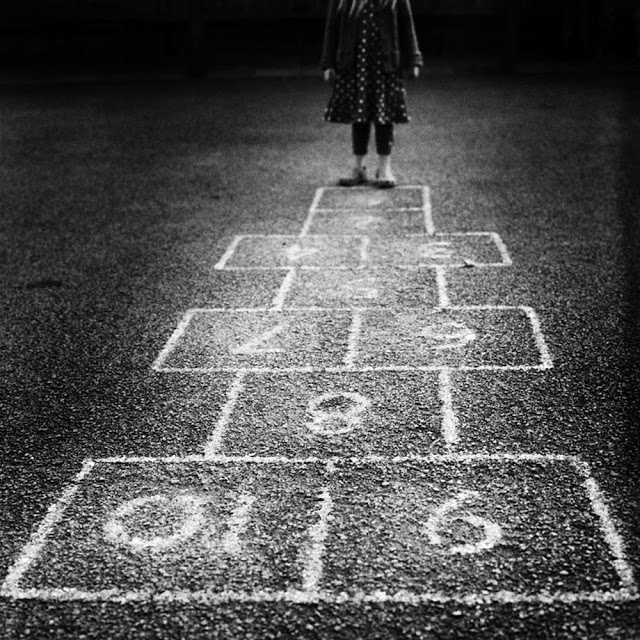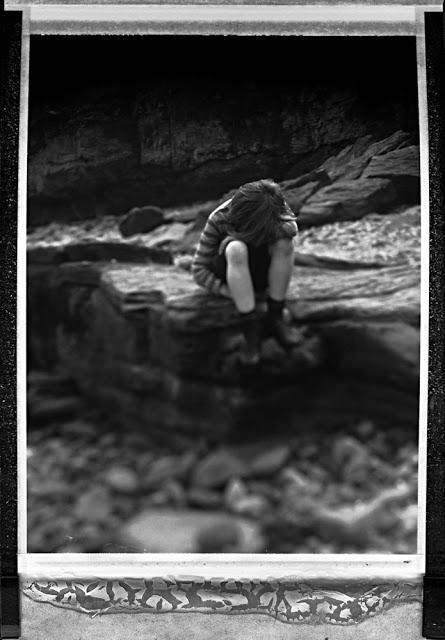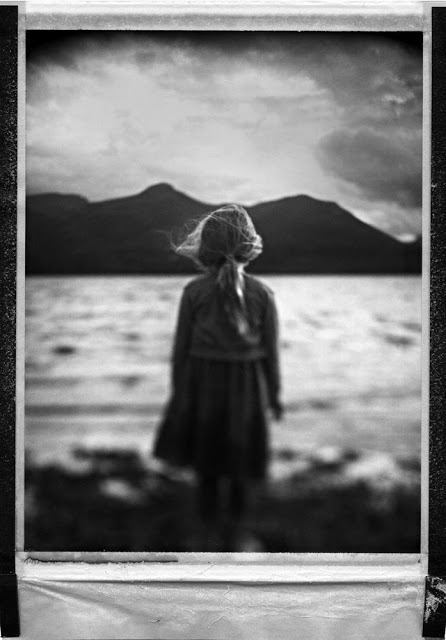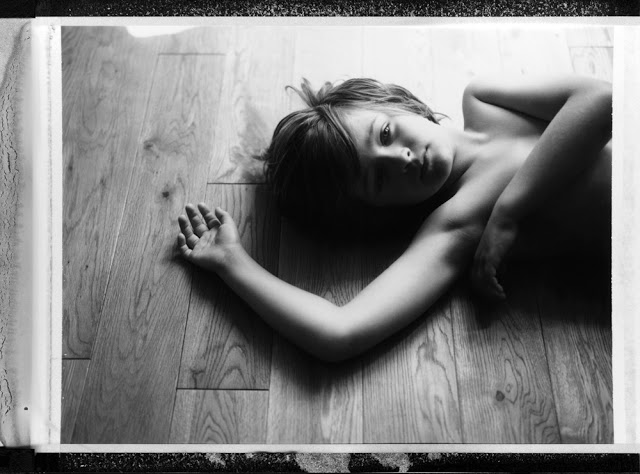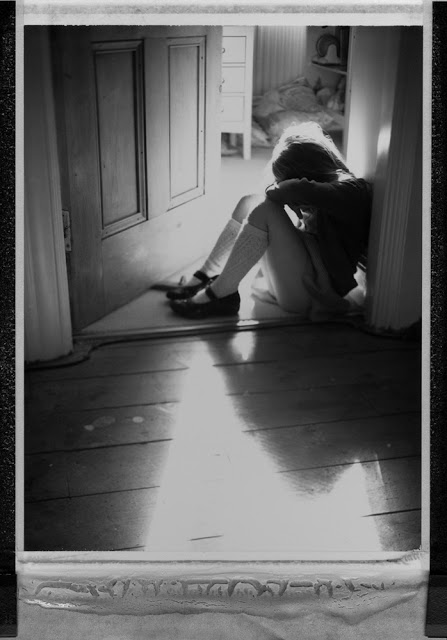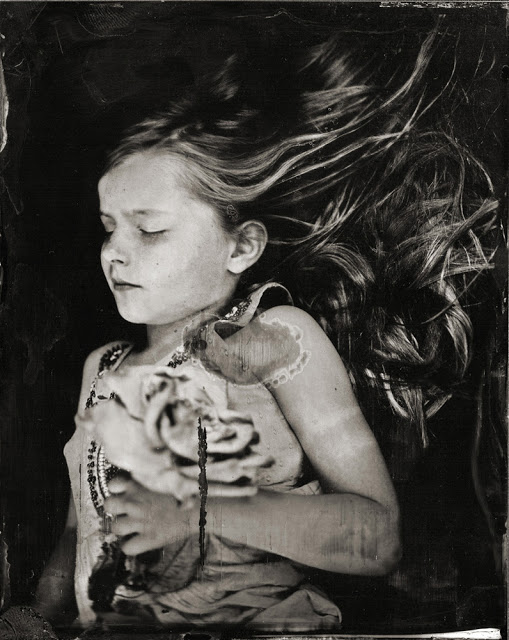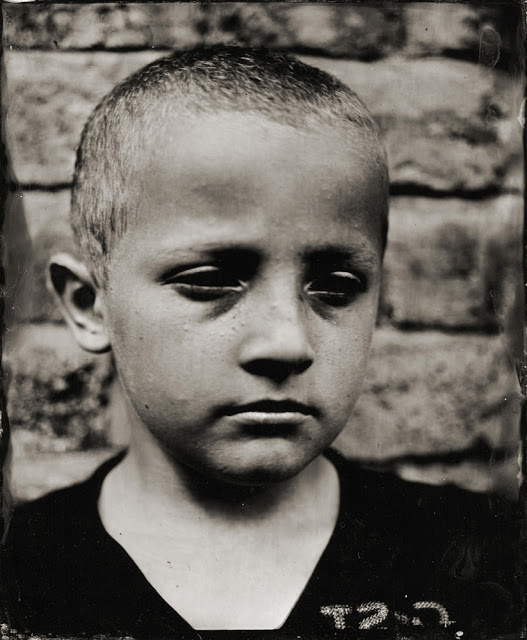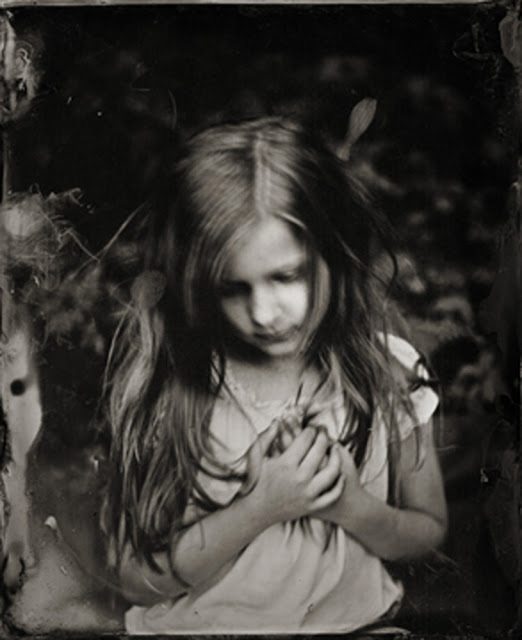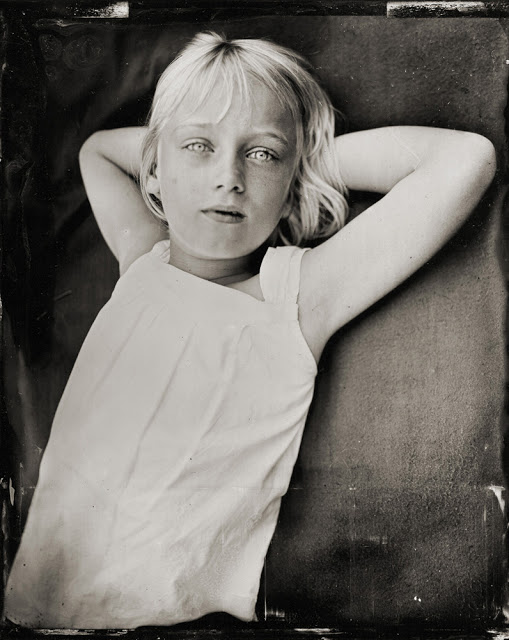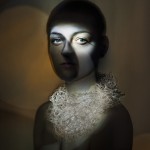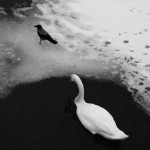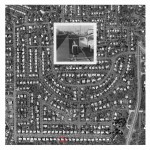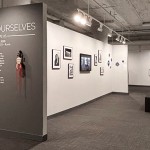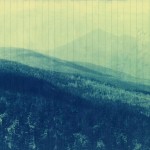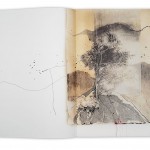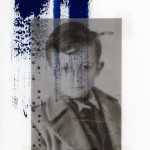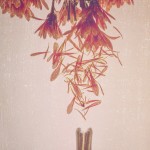Success Stories: Deborah Parkin
I was driving home one recent afternoon and Deborah Parkin’s wonderful photographs appeared in my head. It got me thinking about her amazing trajectory in the last year. Several years ago, I started seeing images by Deborah in magazines and online and wrote about her work in LENSCRATCH in 2010. Her timeless and poignant work has captured the attention of many in the photo world and I was interested in the fact that Deborah does not live in a big city, is a mother at home with her children, and yet her work is seen internationally through social media and other outlets.
from Stillness
Deborah recently shared the wonderful news that her first monograph is being published by Galerie Vevais and edited by William Ropp in October, and her first solo exhibition will open at The Theater by the Lake in Keswick in September. How did she make it happen? I decided to find out. Deborah’s interview follows.
To order the collection, go here
To order the book, go here.
from Diary of Growing Up
INTERVIEW
I first wrote about your work two years ago, when I started to see you images out in the world. So much has happened for you in those two years, including a book to be published this fall, but let’s start at the beginning. What brought you to photography?
I have always loved photographs. I can spend hours with my family going through the family album, but I think my passion for the photograph came through when researching for a Ph.d in Women’s Holocaust writing. It was here that I saw the power of the photograph & it’s place in personal history & memory.
However, when my daughter Fleur was born just over seven years ago, I gave up my Ph.d (was supposed to be a temporary measure) & enrolled on a local photography course – which I did for a couple of years. From there I went to university to study a part-time photography degree. I took these courses as a way of breaking the monotony of changing nappies & cleaning the home. I loved having children but I needed to use my brain or do something creative too. So the passion for the photograph turned into a passion for photography with the birth of my children.
What triggered you to leave school?
My daughter. The course was only supposed to take up 12 hours a week of my life but because of my nature, it became more like a 50 hour week. It was also an 80 mile round trip too & I needed to be there at least 4 days a week. I set up a darkroom at home & would work into the early hours of the morning learning my craft – the children would come in & help – Fleur would sometimes fall asleep almost at my feet. At university I studied all different genres of photography from documentary, studio, street, historical processes & to the more conceptual/staged photography. It was great to have a go at all of these but it was here that I realized that I wanted to concentrate on things closer to my heart & photograph my family & things personal to me.
It was at university that I started my series ‘memory’. I used my children to recreate childhood memories – mainly about my feelings of my parents’ divorce & my troubled time at school. However, Fleur was becoming more unsettled at nursery & I knew she was starting school within a year & I didn’t want history repeating itself. I wanted her settled & happy. So, I decided to leave. My tutors were very understanding. They did try to persuade me to stay & said that I needed to ease up on myself – don’t chase grades – but I knew that I would only ever be happy if I put 100% into my work – I needed to find a balance. University was great as it allowed me to learn so much, but leaving was also the best thing I did as I liberated me & allowed me to follow my own path.
from Diary of Growing Up
Tell us more about the book, how did it come about, etc?
The publisher Alexander Scholz from Galerie Vevais saw my work via the photographer William Ropp and asked William to introduce us as he was interested in buying some of my work. After that we became friends on Facebook and he saw that I was making my own books. He asked me if I would be interested in Galerie Vevais publishing my work (at this point it was for the ‘September is the Cruellest Month’ series). The books I had been making had tipped in prints & handwritten text – Alex wanted to create a similar book, with the same intimacy (although so much better). It evolved from there. It started as one book, Alex then included my ‘Stillness’ & ‘memory’ series into what has become the Trilogy. Originally William Ropp was to be the editor with Professor John Wood (poet & editor at 21stCentury) writing the essay. Then, Alex had another idea. He wanted to make a softcover version, with a collection of my work that was more affordable to the public. William Ropp has kindly edited this book & John Wood has now edited the Trilogy.
from Memory
You are also mother with young children, and certainly have time constraints…when do you make your work and how often?
I work mainly at weekends and school holidays. It’s not that difficult really because I work with my family – although saying that, every minute of my day is full & I am constantly trying to catch up. I think it would be much more difficult if I was working on something that outside of family life – like landscape or a documentary project for example. Photography fits into my family life & not the other way. I also get up really early & have a wonderful husband who supports me in everything I do.
from Memory
What has working in historical processes brought to your work?
It’s quite a difficult question to answer because I am living in a time in which those working with historical processes are criticized for hiding behind the process. In other words, creating weak work (whatever that is) and making it more interesting by the process they use. However, I do feel that working with wet plate collodion has made my work feel more intimate, more personal (although I do feel that working with a large format camera also adds to this). I love the intimacy of the process. It is really wonderful working with your hands, it becomes more than seeing with your eye or feeling with your heart – I love the tintypes as objects – I think it comes back to my love affair of the photograph.
The object also becomes part of the image or in other words the way you craft this object –the way you pour your chemistry all adds to the way the final image will look. For example, if you rush, or are nervous, under pressure (which you can easily feel when working with children which requires you to stay calm & work efficiently so that they relax and the plate doesn’t dry) this can be reflected in the way you pour or develop or even focus your camera.
from Memory
As an emerging photographer, what insights can you share?
For me, it’s always been about the work. I never really imagined being published or having gallery representation etc – things like that were for other people. I just wanted to be a good photographer and leave something, a legacy for my children & maybe grandchildren. So ultimately I feel you need to work hard, learn your craft & be passionate about your subject. Do it for yourself because not everyone will like what you do & you can’t please everyone, so you must love doing what you do. I have also found the Internet to be an excellent way of sharing work & for being inspired by other artists too.
from Memory
Tell us some of the wonderful things that have happened for you in the last two years?
Since I first appeared on Lenscratch I have had an amazing time. Naturally, it’s a rollercoaster ride but thankfully the positive has outweighed the negative. During this time I have been published in several magazines, both online & traditional print such as Ag & Shots. I have also been in several exhibitions in the U.S including at Gallery Carte Blanche in San Francisco. And, as previously mentioned I have had all my three series published by Galerie Vevais, which are due to be released in October 2012. I even have an image on a cover of a Cd, which is lovely.
On top of that I have been on workshops as a way of learning new ways to present my work, such as Ethiopian bookbinding & more recently a platinum/palladium, digital negatives. I have also helped assist Carl Radford on wet plate workshops –who has been an amazing mentor to me.
During this time I have met some absolutely amazing people, both online and off. I hope they know who they are. These people have supported, advised and encouraged me in ways that I could never have envisaged.
You live in a small, rural town in England…how did you connect with a global photographic community?
The Internet. My husband set up an account with Facebook & a blog. I just posted as a way of sharing work with family & friends but this grew. Tom Chambers kindly suggested that I should send in one of my images for the Lenscratch family exhibition – which I did. I remember he was so kind and actually came back and reminded me. Then, I was featured on Lenscratch and the photographic community opened up enormously – especially in the U.S. Andy Adams of Flak has also been very supportive of my work and again it has allowed me to connect to people I never would have had the opportunity too living here in Hexham. It’s quite funny really because I can walk into the school playground to pick up my daughter and hardly anyone knows that I am a photographer & yet I correspond with lots of people from around the world.
Image from September is the Cruellest Month
Your Internet presence seems to be integral to your success, and I notice that you post your work on FB quite a lot–has that helped get the word out?
I am not the most confident person and in some ways quite shy. I know I would have never had the confidence to go around galleries with my work & to be honest, I wouldn’t have the money to travel around the country or abroad or go to some of the portfolio reviews on offer. So the Internet has allowed me to be part of a community that would have never otherwise happened. As a mother of small children, I never would have had the time either to be honest.
If I hadn’t have posted on the internet & FB in particular I would have never come into contact with many people who have become my mentors and friends.
What’s next?
I still have more work to do with my wet plate series with the children. I am looking forward to working with new children this summer (and my old friends too). I will always photograph my children – or as long as they allow me and I want to start on platinum/palladium printing. My Polaroid work is all 4×5 positives so would be lovely to convert them to a digital negative and print them using this process – not sure how it will turn out but always need to be learning something new. Other than that, I have no idea. I will just go with the flow in the way I always do.
from September is the Cruellest Month
And finally, what would be your perfect day?
My image ‘Catbells’ sums up my perfect day. A walk over the fells & mountains of the lake district with my family & then sit by the lake in the evening eating fish & chips & no-one else is around – it is so quiet and we are so happy. Of course my camera is perched on its’ tripod ready to capture this & the branch is found that will hang out my Polaroid to dry.
from September is the Cruellest Month
from September is the Cruellest Month
from Stillness
from Stillness
from Stillness
from Stillness
from Stillness
from Stillness
Posts on Lenscratch may not be reproduced without the permission of the Lenscratch staff and the photographer.
Recommended
-
Ragne Kristine Sigmond: Portraits of Painterly LightDecember 2nd, 2025
-
Mary Pat Reeve: Illuminating the NightDecember 1st, 2025
-
Ricardo Miguel Hernández: When the memory turns to dust and Beyond PainNovember 28th, 2025
-
Pamela Landau Connolly: Columbus DriveNovember 26th, 2025
-
MATERNAL LEGACIES: OUR MOTHERS OURSELVES EXHIBITIONNovember 20th, 2025

